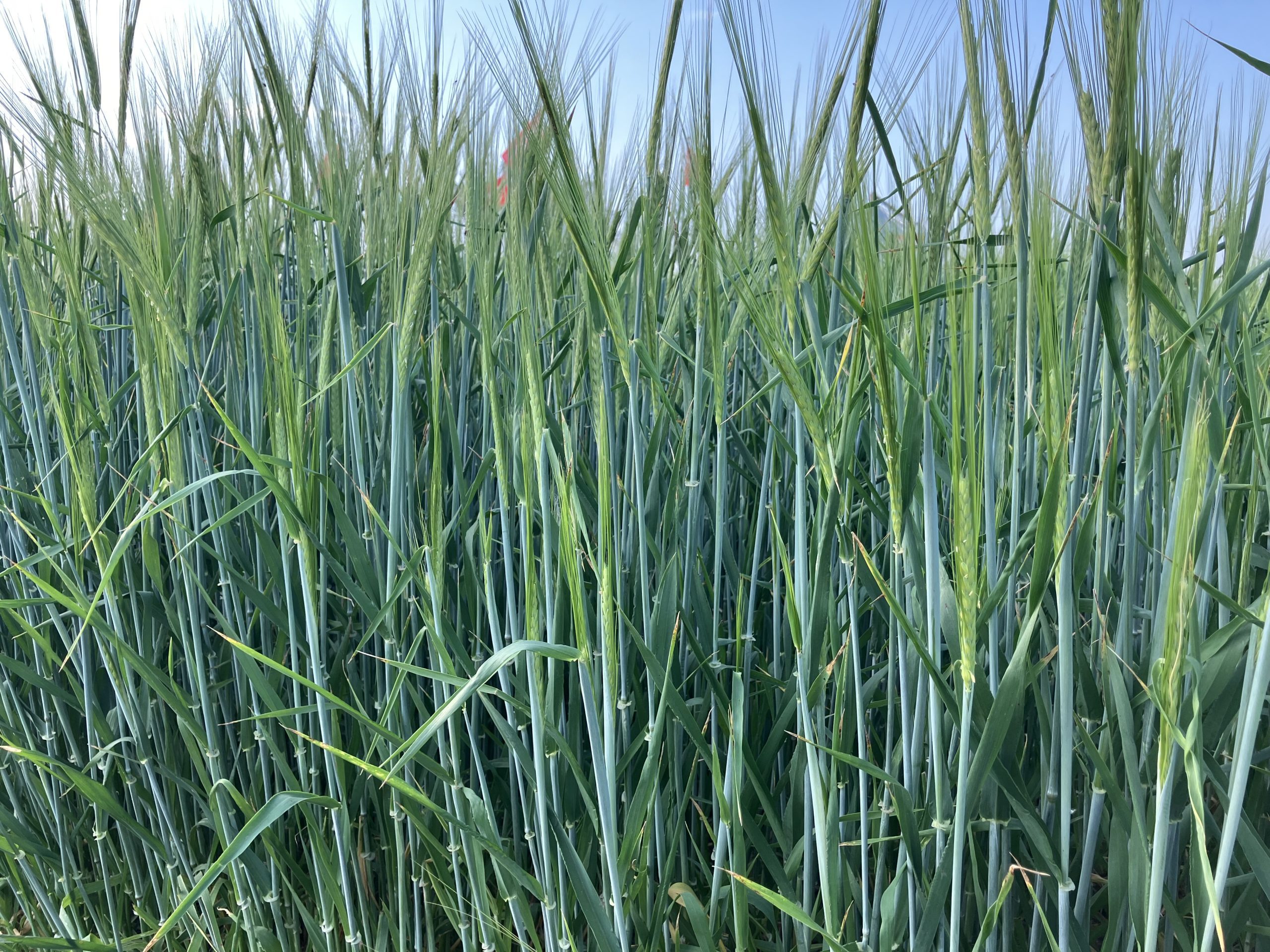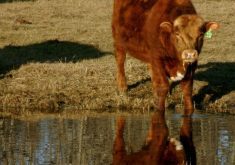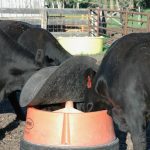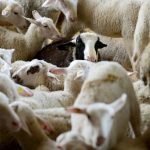Experimental studies under controlled conditions have contributed enormously to our understanding of the pathogenesis and transmission dynamics of foot-and-mouth disease. The industry and scientific community must be complimented on the detailed plans developed to prevent introduction of diseases, such as foot-and-mouth in cattle and pigs, as well as plans to control foreign animal diseases, if necessary. But have things really changed?
As a veterinarian, I wonder how we missed African swine fever as it spread across much of the globe — a disease on the must-watch list for the last 50 years. We saw highly pathogenic avian influenza creep across North America, spread by millions of migrating birds, directly killing millions of domestic birds and responsible for producers killing millions more in an effort to stem transmission. H5N1 then jumped the species barrier, infecting an unknown number of dairy cattle and, so far, a few humans. Big questions remain. All this is troubling when we remember what happened with the flu in 1918 that claimed untold numbers of lives.
Despite the debate over mass vaccination, often criticized by “non-believers,” the world systematically eliminated smallpox, a disease that maimed and killed people worldwide for centuries.
Read Also

Canadian farmers plant less barley in 2025
I’ve received many inquiries from cattle producers about the feed grain outlook for the 2025-26 crop year. Cow-calf producers have…
Throughout my 50-year-plus career, African swine fever appeared on the watch list. I saw it twice in the high-security confines at the quarantine station of Grosse-Ile, Que. At that time, it was a killer disease found in several African countries. Somehow, since 2007, African swine fever has spread across countries in Central Asia including China, followed by an invasion of Europe. African swine fever has not been identified in Canada.
The distribution of African swine fever fluctuates depending on the introduction of new infections and the success of eradication programs. The virus survives for several months in fresh and processed pork products. It often spreads between countries through indiscriminate disposal of meat scraps that ultimately find their way into pig feed. African swine fever survives for a long time outside of hosts. Farm equipment, vehicles, clothing and footwear, feed and soft ticks can all spread the disease. Feral hogs would play a troublesome role in control and eradication efforts for both African swine fever and foot-and-mouth, especially knowing how their population persists once introduced in an area.
In a paper published by Paton, Gubbins and King titled Understanding the transmission of foot-and-mouth disease virus at different scales: “Foot-and-mouth disease (FMD) is highly infectious, but despite the large quantities of FMD virus released into the environment and the extreme susceptibility of host species to infection, transmission is not always predictable.
“Whereas virus spread in endemic settings is characterized by frequent direct and indirect animal contacts, incursions into FMD-free countries may be seeded by low-probability events such as fomite or wind-borne aerosol routes.”
Ruminants and pigs are dominant hosts for foot-and-mouth. Approximately 70 mammalian species are susceptible. Domestic birds (chickens, turkeys, guinea fowl, ducks and geese) have been experimentally infected with foot-and-mouth virus, as reported in Europe PubMed Central, an open-access repository that contains millions of biomedical research works.
Under conditions of natural exposure, birds may serve as vectors of foot-and-mouth virus through ingestion or when plumage gets contaminated. Their ability to transmit viruses over short distances is real. Free-living birds, such as starlings, sparrows and gulls have been infected, producing vesicular lesions on the skin and membranes of the mouth. With plumage contaminated by high virus loads in infected environments, foot-and-mouth is potentially spread over long distances during migration periods in spring and fall.
Highly pathogenic avian influenza spread to dairy cattle in several U.S. states and has been incriminated in humans contracting H5N1 through exposure to disease in dairy animals. Highly infectious viral diseases are characterized by constant gene reassortment. There’s a good chance highly pathogenic avian influenza will find its way into beef cattle. Producers and control agencies would have to deal with the complications. If the industry had to fight two highly contagious diseases at the same time, that would be the worst-case scenario.
Public opinion about controlling foot-and-mouth disease would only intensify. “Slash and burn” methods would be criticized. Piles of dead carcasses awaiting incineration won’t be tolerated. There will be serious questions about the use of vaccines by those who don’t understand why we can’t vaccinate ourselves out of the predicament. Eliminating one species to control disease in another, in today’s world, is fraught with controversy.
A huge communication challenge lies ahead. Why don’t we do a better job of surveillance while eliminating diagnostic capacity at the same time? Why can’t we sustain the supply of field-trained veterinary staff? Is food, especially meat, offered for sale safe? Does the public understand what is involved in detecting and eliminating diseases “foreign” in nature? With less than two per cent of our population associated with agriculture, how can a disease such as foot-and-mouth cost billions? Five years later, the modern world continues its struggle in the shadow of the last COVID pandemic. What effect would a pandemic such as COVID have on foot-and-mouth disease eradication if they appeared concurrently? The army of people needed to tackle the eradication of any highly infectious disease would be seriously affected.
The agriculture industry needs to hunker down with scientists, the medical community, veterinarians and the public about where we presently sit in relation to preventing and eradicating foreign animal diseases.
– Dr. Ron Clarke prepares this column on behalf of the Western Canadian Association of Bovine Practitioners. Suggestions for future articles can be sent to Canadian Cattlemen ([email protected]) or WCABP ([email protected]).

















